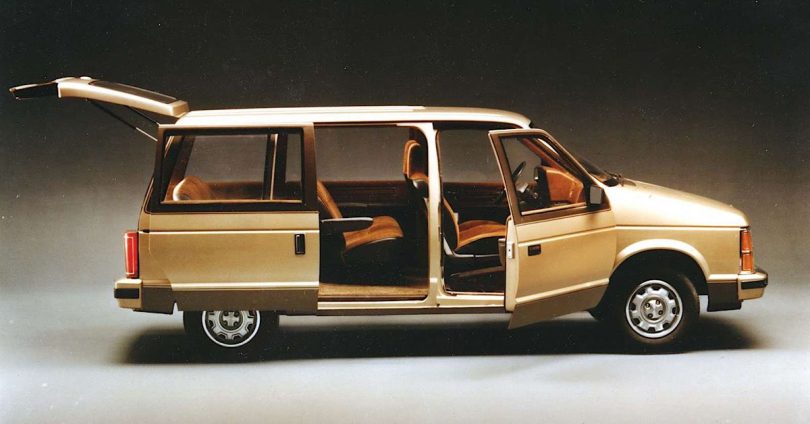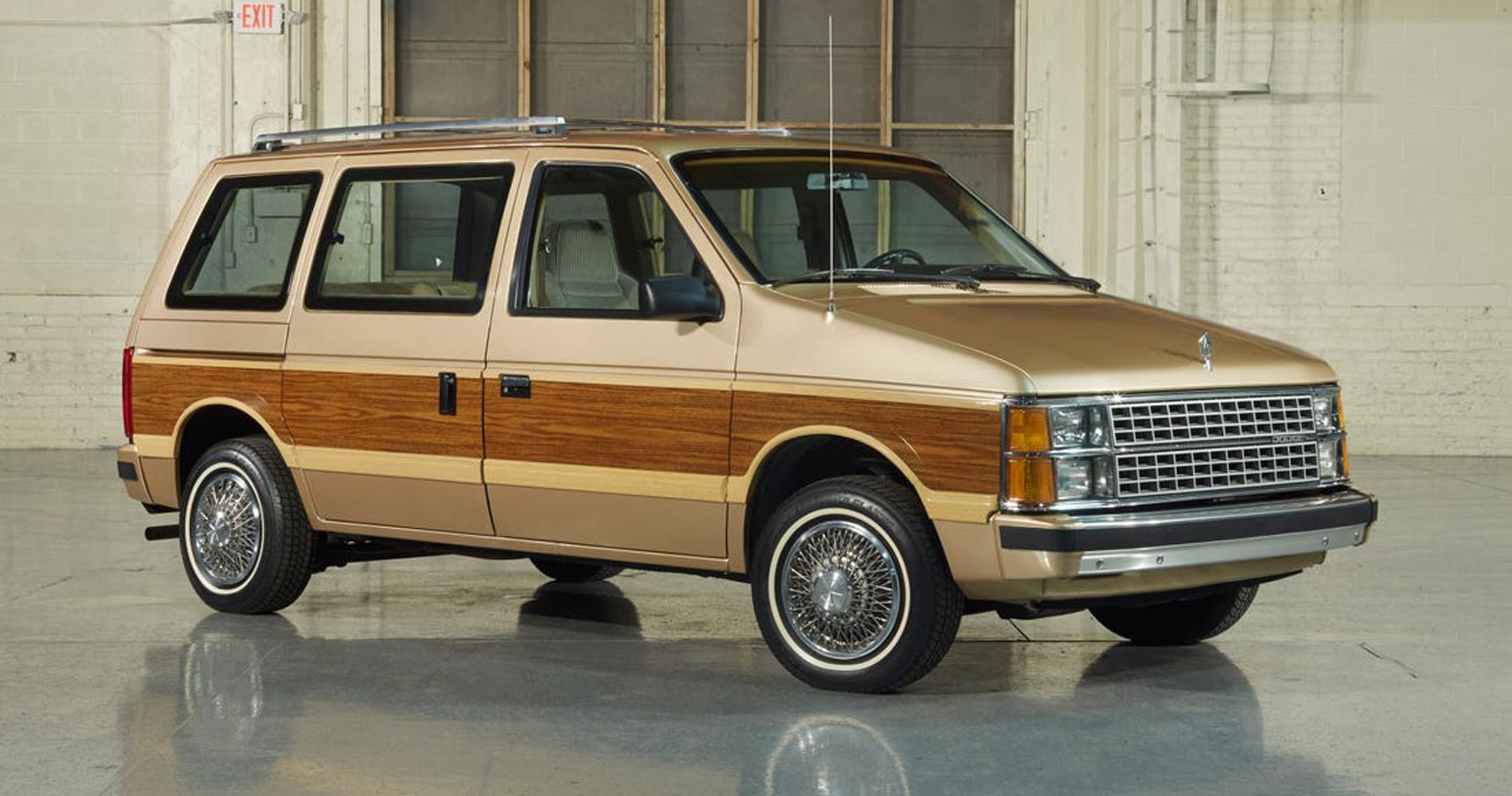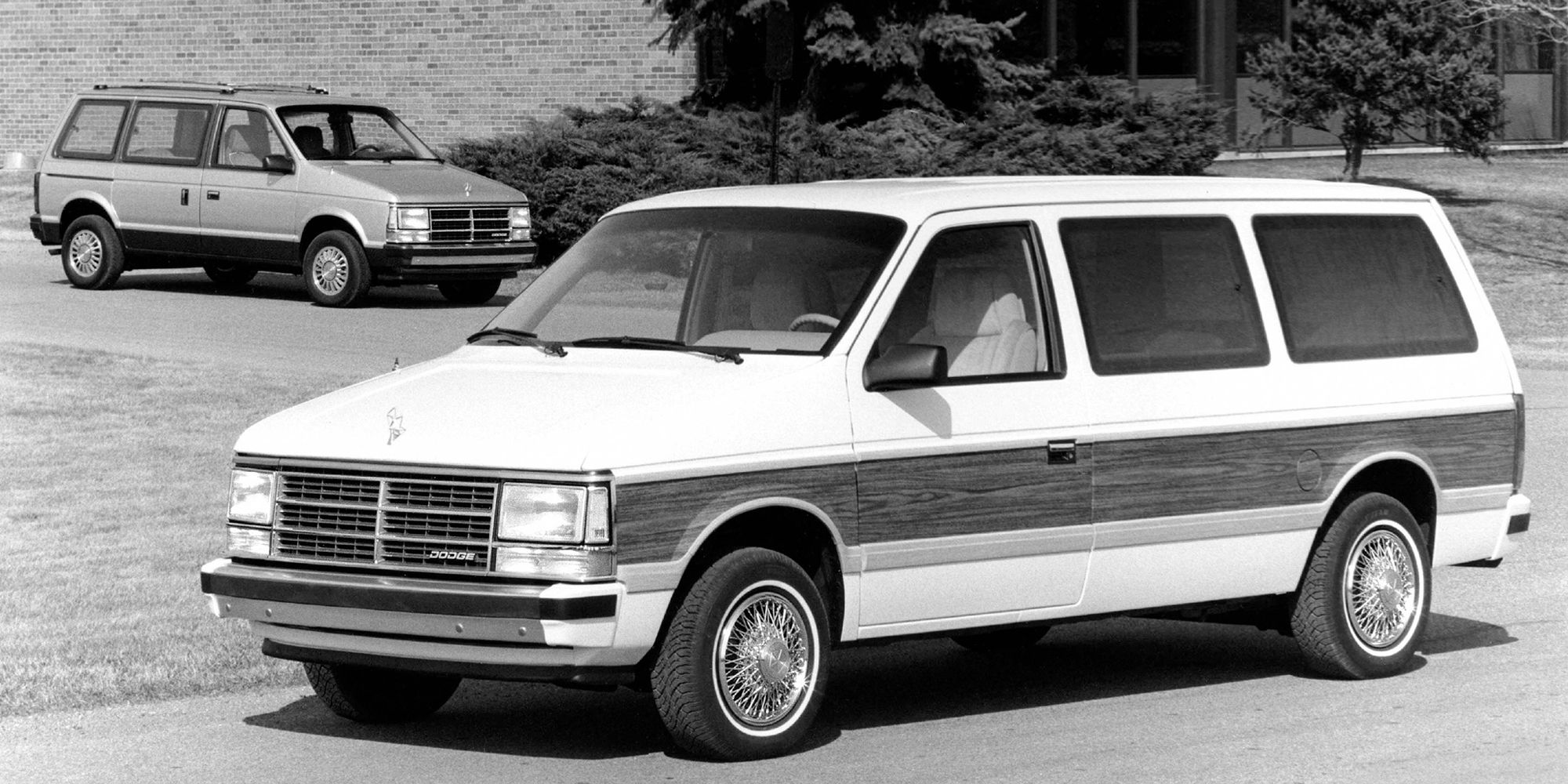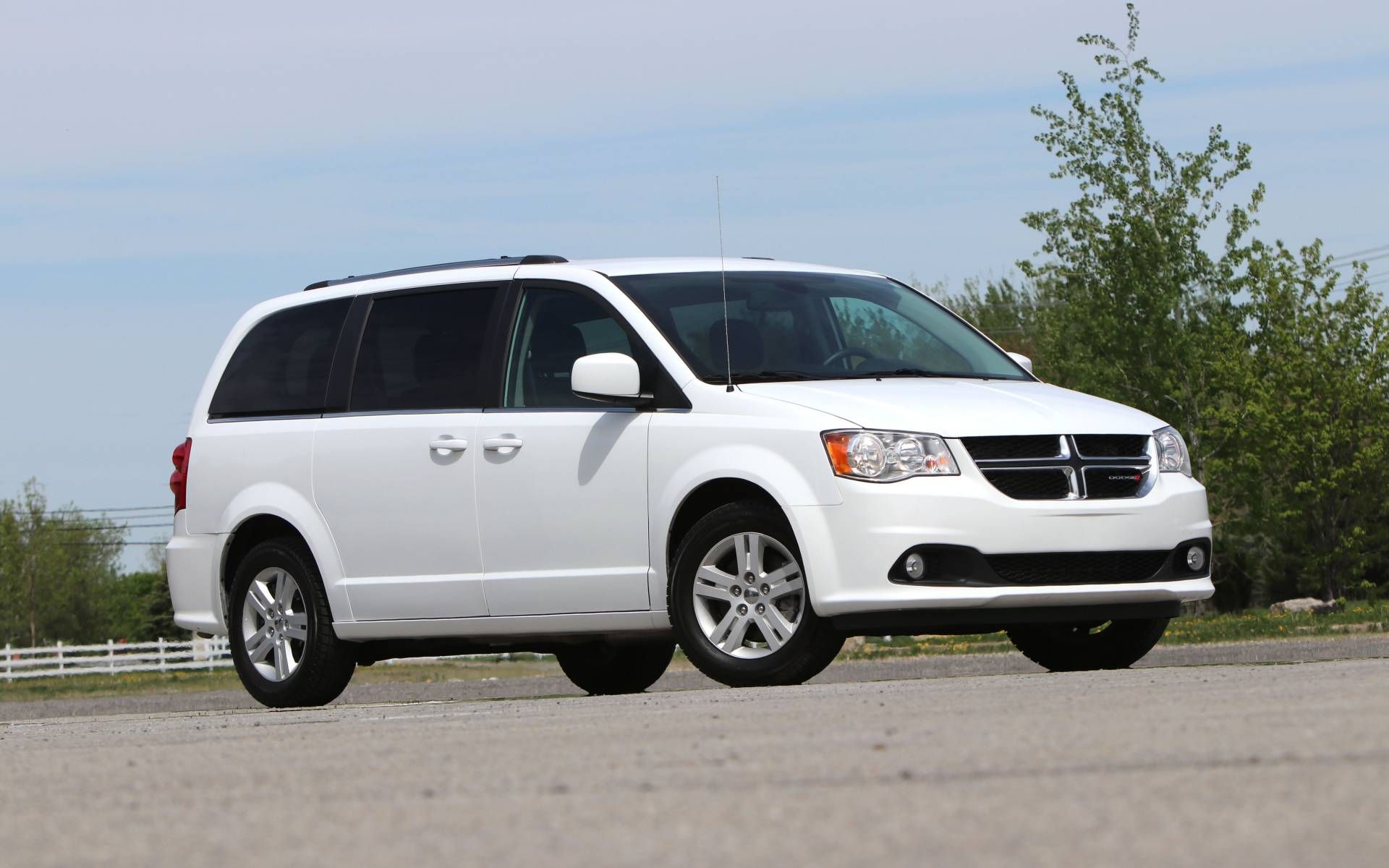[ad_1]
The Dodge Caravan and Plymouth Voyager, as well as other Chrysler-branded variants, first swarmed the parking lots of schools, shopping malls, and soccer fields during the mid-1980s; a time when cars had been downsizing drastically from the hulking leviathans that previously prowled American roads during the 1970s.
Change was nothing short of inevitable following the 1973 OPEC oil embargo, and the ensuing chaos that followed via plummeting compression ratios, the death of horsepower, and the ludicrous idea of a 55mph speed limit imposed on the nation’s roads in a feeble attempt to sip fuel, despite the lawmakers’ ignorance of how automotive transmissions function. It was this dark, malaise era that spawned the original idea for the minivan, initially planned by the legendary Lee Iacocca and Hal Sperlich during their tenure at Ford.
However, when the Blue Oval didn’t take his bait, Iacocca then cast his rod out to the suffering Chrysler, who’d promptly chomped down and ultimately created one of the most simplistically innovative platforms that the automotive world had ever seen. This is how the Dodge Caravan and the Plymouth Voyager changed automotive history as we know it.
How The Dodge Caravan Was Almost A Ford
At the heart of its very existence, the original Mopar minivans, which would eventually become rampant and readily seen within virtually every corner of the United States, stemmed from an idea conceived by Ford’s Hal Sperlich during the early 1970s. The initial concept was to create a family van which could be stored within an average-sized garage, creating something a step ahead of Ford’s Country Squire station wagon, but still well under the dimensions of the typical, full-sized vans of the era. This idea led to the creation of a concept car, the 1972 Ford Carousel, powered by a 460ci Lincoln V8 and considered by some to be the closest ancestor of the modern minivan. Despite which, to go back even further, the basic idea of a minivan/MPV can also be traced back to the Stout Scarab of the 1930s.
Furthermore, the iconic Volkswagen Type 2 had dabbled with this same idea since 1949 and continued its legacy for over half a century. Nonetheless, the Volkswagen had always been seen as drastically underpowered for a multitude of American buyers, and the Scarab had simply proved to be too far ahead of its time and swiftly disappeared into obscurity, which was nearly the same fate of the Sperlich’s minivan idea. After working with Ford’s Lee Iacoca to push the Carousel project into production, their ideas were soon shot down by Henry Ford II, following the 1973 OPEC embargo. Despite Sperlich’s success in creating the original Ford Mustang, the idea of creating an entirely new platform on such a large scale was simply not in Ford’s interest for the times they’d been facing.
The argument could be made that this was a poor decision on Ford’s behalf, but at the same time, the early 1970s saw many automakers putting their research and development funds into the creation of smaller, more efficient vehicles to better face the challenges posed by new automotive restrictions. Even so, these same regulations and standards are actually the same exact reason why the Dodge Caravan and Plymouth Voyager would prove to be a success, but over a decade after the Ford Carousel prototype was built. Upon being fired from Ford in 1977, Hal Sperlich again teamed with Lee Iacoca, but under the watchful eyes of Chrysler. Sperlich was then tasked to explore a multitude of new ideas and innovations, to test the waters of the coming decade and help the brand adapt to the ensuing trends of smaller, more efficient vehicles. As a result, the Chrysler K-Car platform was then developed; a smaller, FWD platform that could accomodate a variety of different body styles and seperate models. It was on this same platform that Hal Sperlich had determined that his idea for a small, passenger van would see a good fit. He was right.
The Secret To The Dodge Caravan And Plymouth Voyager’s Great Sales
1984 saw the emergence of the Dodge Caravan and the Plymouth Voyager onto the public realm, spawning what would become a production run spanning over three decades for the former of the two. Prior to the original Mopar minivans, the full-sized station wagon had been the longstanding king of family transport. These massive machines had been staples of family households for decades, based on conventional sedans and adding extended room in the rear for cargo and additional seating.
For larger families and fleet services needing more than the typical four to six seats offered by the average, American sedan, the station wagon had been the only real option aside from going full-bore into the realm of hulking, full-sized passenger vans. When gas had been reasonably priced and cheap, neither of these options had seemed like a bad choice. However, the changing times would test this idea, and provide a challenge for automakers to deliver a vehicle large enough to accommodate this level of seating and interior volume while still maintaining an efficient drivetrain. Using the K-Car platform as a basis, the Dodge Caravan and Plymouth Voyager had nearly maximized the dimensions allotted, offering abundant space to customers while residing upon a practical, affordable, FWD platform with modest drivetrain choices.
Why The Original Dodge Caravan And Plymouth Voyager Still Have An Impact Today
Following their launch, the Dodge Caravan and Plymouth Voyager continued onward, inspiring other manufacturers to follow suit with their own entries into an entirely new segment of automotive marketing; the minivan.
Although, it’s abundantly clear that these Mopar minivans certainly weren’t the first of their kind, they were, however, the first to become commonplace on a broad enough spectrum to be forever implanted within the minds of most Americans. With their unibody construction, FWD layout, and smaller engine options, these minivans were certainly a contrast to the massive, full-framed, V8-thundering station wagons of the years prior. The minivan represented something new, something that most people hadn’t even seen nor heard of. In fact, the term “minivan” itself can be traced directly to the spawn of the Dodge Caravan and Plymouth Voyager. It’s not very often that an automaker can create an entirely new platform in this way.
Obviously, the Dodge Caravan still exists today, and will likely remain a permanent figure within the background of society, much as it’s been since 1984. Nonetheless, the growing trend of SUVs has since taken the place of the minvan in the eyes of several buyers, which is a wave that’s been decades in the making, but that’s an entirely different story altogether.
Sources: Automotive Hall of Fame, Forbes, Motoring Research
[ad_2]
Source link











